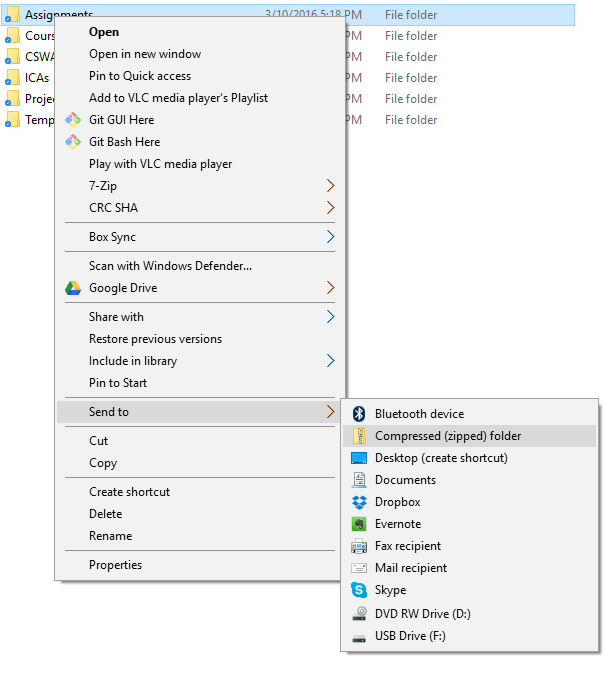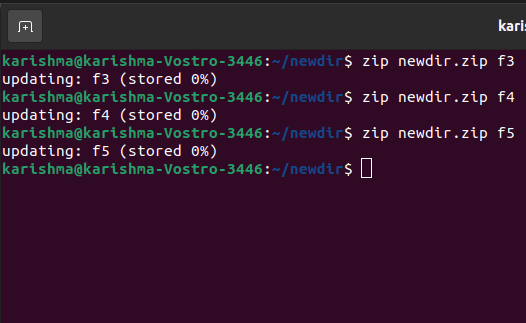

If you don’t have the graphical desktop environment installed on your Linux distribution, don’t worry. The Zip archive should be extracted in that directory as you can see in the marked section of the screenshot below.Įxtracting the Zip Archive using the Command Line Interface (CLI) If you want to extract it to a different directory, then click on Extract to…Ī directory picker should be opened as you can see in the marked section of the screenshot below. It should be extracted as you can see from the marked section of the screenshot below. If you want to extract the archive to your current working directory (the directory you’re in right now), then click on Extract Here.

Select either Extract Here or Extract to… to unzip it. Just right click on the Zip archive you want to extract and you should see the following menu. If you have a graphical desktop environment installed, then extracting the Zip archive is very easy. You can still use the command line interface (CLI) to Zip archive a folder.įirst go to the location where the folder you want to zip archive is available with the following command: If you don’t have any graphical desktop environment installed on your computer, don’t worry. Zipping a Folder/Directory using the Command Line Interface (CLI) This is the Zip archive of the Downloads/ directory.

Now type in a name for your Zip archive and select. Now right click on the Downloads/ directory and click on Compress… as marked in the screenshot below. Let’s say you want to Zip archive the Downloads/ directory as marked in the screenshot below. In my case I am using the Nautilus file manager in GNOME 3 desktop environment. If you have any graphical desktop environment installed on your chosen Linux distribution, then you can use it to Zip archive any folder you like very easily.įirst open your favorite File Manager and go to the location where you have the folder you want to Zip archive. Zip and unzip packages should be installed.


 0 kommentar(er)
0 kommentar(er)
